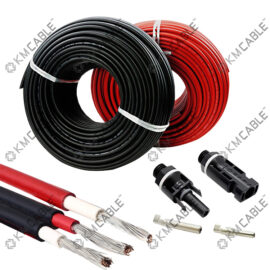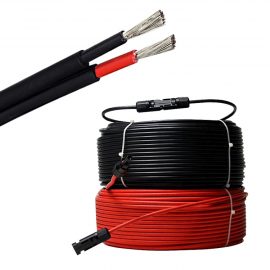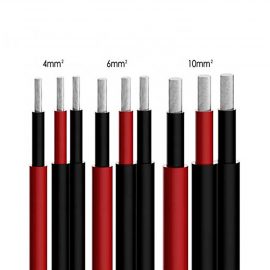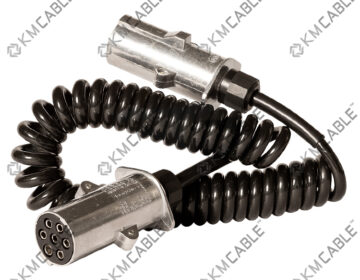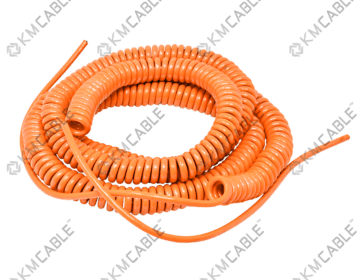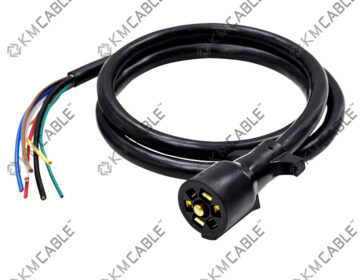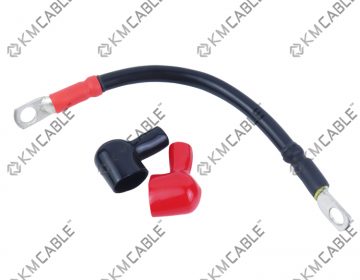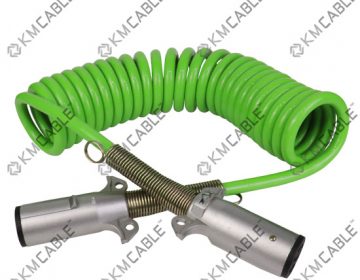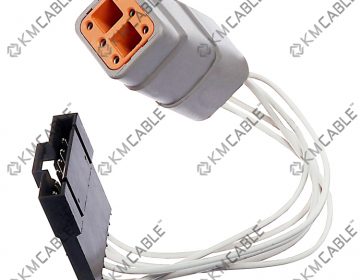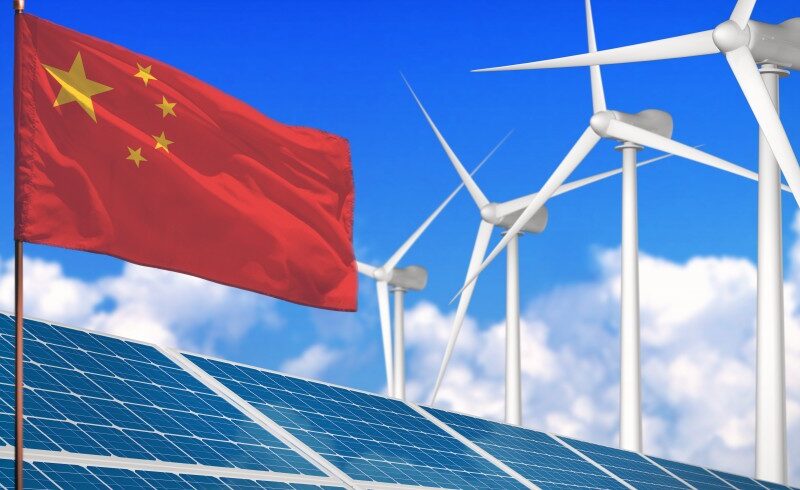
“Photovoltaic” is the abbreviation of “solar photovoltaic system”, which directly convert solar energy into electrical energy (that is, what we often call “solar power generation”), which is an inexhaustible and cleaner power supply system. In 2020, the national photovoltaic power generation capacity in China was 260.5 billion kwh, accounting for 3.5% of total power generation capacity in China.
Driven by the policies of “carbon peaking” (China’s commitment to stop increasing carbon dioxide emissions in 2030) and “carbon neutrality” (realizing zero carbon dioxide emissions in 2060), the demand for photovoltaic equipment has surged. The improvement of photovoltaic technology level, the advantages of cost control, huge production capacity, and policy support are the main reasons why China’s photovoltaic industry leads the world. Affected by the pandemic and the elimination of foreign companies, the global photovoltaic industry has accelerated its transfer to China. China has listed the photovoltaic industry as one of the national strategic emerging industries. Under the dual effects of industrial policy guidance and market demand drive, the national photovoltaic industry Achieved rapid development.
Composition of Photovoltaic Industry Chain
In recent years, China’s photovoltaic industry has made full use of its own technological foundation and industrial supporting advantages to develop rapidly, and has gradually gained and consolidated international competitive advantages. It already has the most complete photovoltaic industry chain in the world.
In the photovoltaic industry chain, the upstream is raw materials, mainly including silicon wafers, silver paste, soda ash, quartz sand, etc.; the midstream is divided into two parts, photovoltaic panels and photovoltaic modules; the downstream is the application field of photovoltaics, which are mainly used for power generation. It can also be used for heating instead of fuel.
China is in the global leading position in the upper and middle reaches of the photovoltaic industry chain, especially in the fields of polysilicon, solar cells and photovoltaic modules, and has achieved the world’s first position. In terms of the concentration of each segment of the industry chain, there is a big difference. The industry concentration of each link is: 73% (silicon wafer), 69% (silicon material), 43% (module), 38% (cell) .
In general, the characteristics of my country’s photovoltaic industry chain are as follows:
(1) High productivity and huge market size
The scale of China’s photovoltaic special equipment market has reached 25 billion yuan, accounting for 71.4% of the global market, and the newly installed photovoltaic capacity has ranked first in the world for 7 consecutive years. With the rapid growth of China’s economy, electricity consumption is also rapidly The demand will only increase in the future, which shows the huge photovoltaic market. As of the end of 2021, the output of photovoltaic modules has ranked first in the world for 12 consecutive years, and the manufacturing capacity is very objective.
(2) Technological progress, cost gradually reduced
China’s photovoltaic industrialization technology level has been leading the world, and it has achieved remarkable results in reducing costs. The price is gradually becoming more reasonable, which will lead to the further popularization of related products.
(3) Market imbalance and industrial structure imbalance
There are many photovoltaic companies and R&D units in China, but the industry is mainly concentrated in the middle and lower reaches of the industrial chain, while the upstream raw material production technology is backward, and the output supply is insufficient, and most of them rely on foreign imports. Many companies rely on imports of raw materials and exports of products. And the demand mainly comes from abroad, resulting in the supply and demand ends of the industrial chain are very dependent on the international market, which urgently needs the domestic market as a solid foundation. At the same time, a large number of photovoltaic enterprises are concentrated in the middle and lower reaches, with fierce competition and lack of control. The healthy development of the industrial chain.
(4) Subsidies are declining, and motivation continues to dry up
China’s subsidy standards for the photovoltaic industry are decreasing year by year, but China’s photovoltaic power generation enterprises rely on state financial subsidies to a certain extent. In the case of reduced subsidies, enterprises will face greater financial pressure and the risk of cash flow cut-off, and The power of R&D and innovation will also be hit, which is the current dilemma faced by enterprises.
Solar cables are also key components
The wiring system that connects PV modules to inverters is not usually considered a critical component, however, failure to use dedicated solar cables for solar applications will affect the lifetime of the entire system. Solar systems are often used under harsh environmental conditions such as high temperatures and UV radiation. In Europe, sunny days can lead to solar system site temperatures of up to 100°C. At present, the various materials we can use are PVC, rubber, TPE and high quality cross-link materials, but unfortunately, there are rubber cables rated at 90°C, and even PVC cables rated at 70°C It is also often used outdoors, obviously, this will greatly affect the service life of the system.
As far as photovoltaic applications are concerned, materials for outdoor use should be based on UV light, ozone, severe temperature changes, and chemical attack. The use of low-grade materials under such environmental stress will cause the solar cable jacket to be brittle and even decompose the cable insulation. All of these situations directly increase the loss of the solar cable system, as well as the risk of cable short circuits and, in the medium to long term, the possibility of fire or personal injury.
During installation and maintenance, solar cables can be routed over sharp edges of the roof structure while the solar cables must withstand pressure, bending, tension, cross tensile loads and severe impacts. If the solar cable sheath is not strong enough, the solar cable insulation will be severely damaged, affecting the service life of the entire cable or causing problems such as short circuits, fire and personal injury hazards.
Our Solar cable


